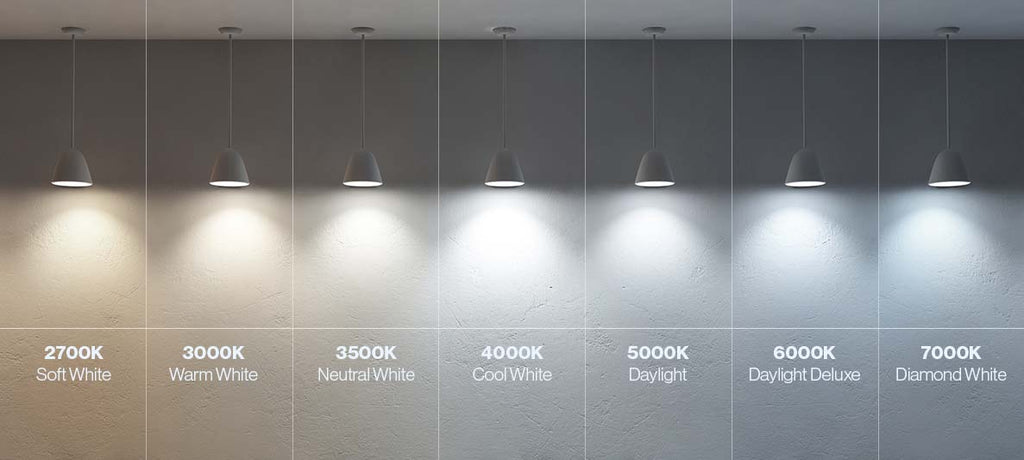NYC Underground is Getting an Upgrade
The NYC underground has a rep for being smelly, unsafe, and dirty, so even the smallest improvements can have a profound impact. We can pray the Ninja Turtles will swoop in to fix these issues, but until that time, the city is resorting to the next best thing.
Back in January, the Metropolitan Transportation Authority (MTA) launched a comprehensive plan to convert all 150,000 fluorescent light fixtures in the subway system to energy-efficient LED lighting by mid-2026. This monumental undertaking promises not only to benefit the commuter's safety on the subways, but also to bring about significant environmental and economic benefits.

The Case for LED Lighting
The decision to switch from traditional fluorescent lighting to LED technology will impact various issues ranging from environmental concerns to economic considerations and improvements in public safety and comfort.
New York City Transit President Richard Davey said, “It’s simple—a brighter station is a safer station. Transit crews have already upgraded the lighting at every station where we’ve completed a Re-NEW-Vation, and customer feedback has been overwhelmingly positive.”

Energy Efficiency and Cost Savings
Compared to fluorescent bulbs, LEDs consume significantly less electricity while providing a brighter light. In the context of the subway system, where lighting is required 24/7, the reduction in energy consumption translates directly into cost savings for the MTA.
On top of that, LEDs have a longer lifespan than traditional bulbs, meaning they need to be replaced less frequently. This not only reduces maintenance costs, but also minimizes disruptions to subway operations caused by routine maintenance activities. The MTA said the decision to upgrade the bulbs will save the transit agency approximately $5.9 million in annual energy and material costs per year.

Environmental Benefits
Aside from the financial gain, the switch to LED lighting aligns with New York’s broader environmental goals. LEDs are free from harmful materials such as mercury, which is found in fluorescent bulbs. This makes disposal safer and reduces the environmental impact at the end of the bulbs' lifecycle—just another way in which LEDs are much more eco-friendly. The lack of mercury also reduces the chance of toxic gases leaking into the New York city sewers and creating giant mutant rats (Okay so I don’t have stats to back that last one up, but I genuinely think that LEDs pose a lesser chance at creating zombie rats).

Enhanced Visibility and Safety
In the subway environment, visibility is paramount to ensuring passenger safety and security. LED lights offer better brightness and color rendering compared to the previous fluorescents, improving visibility for commuters navigating stations and platforms. Better-lit environments also contribute to a sense of security among passengers and staff, potentially reducing incidents of crime and vandalism.
While the specifics of which kinds of lights are best, studies have shown consistently that brighter levels of light make people feel safer when walking at night or in a typically unsafe space.
“Increasing safety and enhancing the customer experience in stations remains a top priority for the MTA – by switching over to LED lighting, we are providing a brighter and safer look and feel to station environments for customers and transit workers,” said MTA Chief Customer Officer Shanifah Rieara.

Improved Passenger Experience
Commuting by subway can be a stressful experience for many New Yorkers. The introduction of LED lighting enhances visibility, safety, and contributes to a more pleasant and comfortable atmosphere. LEDs can be adjusted to emit a warmer light temperature, creating a more inviting environment compared to the harsh, cool light produced by fluorescent bulbs.
Is it Worth it?
One of the primary hurdles to implementing such a large-scale lighting upgrade is the initial cost. LED fixtures typically have a higher upfront cost compared to traditional lighting options. However, the long-term savings in energy and maintenance costs far outweigh the initial investment, meaning that, while this might feel like an egregious amount of money, studies have demonstrated that the payback period for LED lighting projects can be relatively short, especially when factoring in energy rebates and incentives offered by utilities and governmental agencies.

Integrating new LED fixtures into an aging subway infrastructure also presents technical challenges, as the MTA will have to ensure compatibility with existing electrical systems and address potential issues related to voltage fluctuations. These kinds of changes, while beneficial, can sometimes be met with resistance or skepticism from the public as citizens will now worry about disruptions in their commute as well as raised taxes. Fortunately, this pricey subway upgrade has been in the works since 2017, and the MTA has been budgeting ever since. Not only does this show an immense level of responsibility on the city's behalf, but also gives people a sense of security. I don’t live in New York City and might never, but if one thing were to convince me to move there or even visit more often, it would be knowing that the city leadership values the safety and efficiency of their citizens.
Say what you want about the Big Apple, but by illuminating the subway system with LED lighting, the MTA not only brightens the physical environment but also illuminates a path towards a more sustainable and resilient future for urban transportation.


